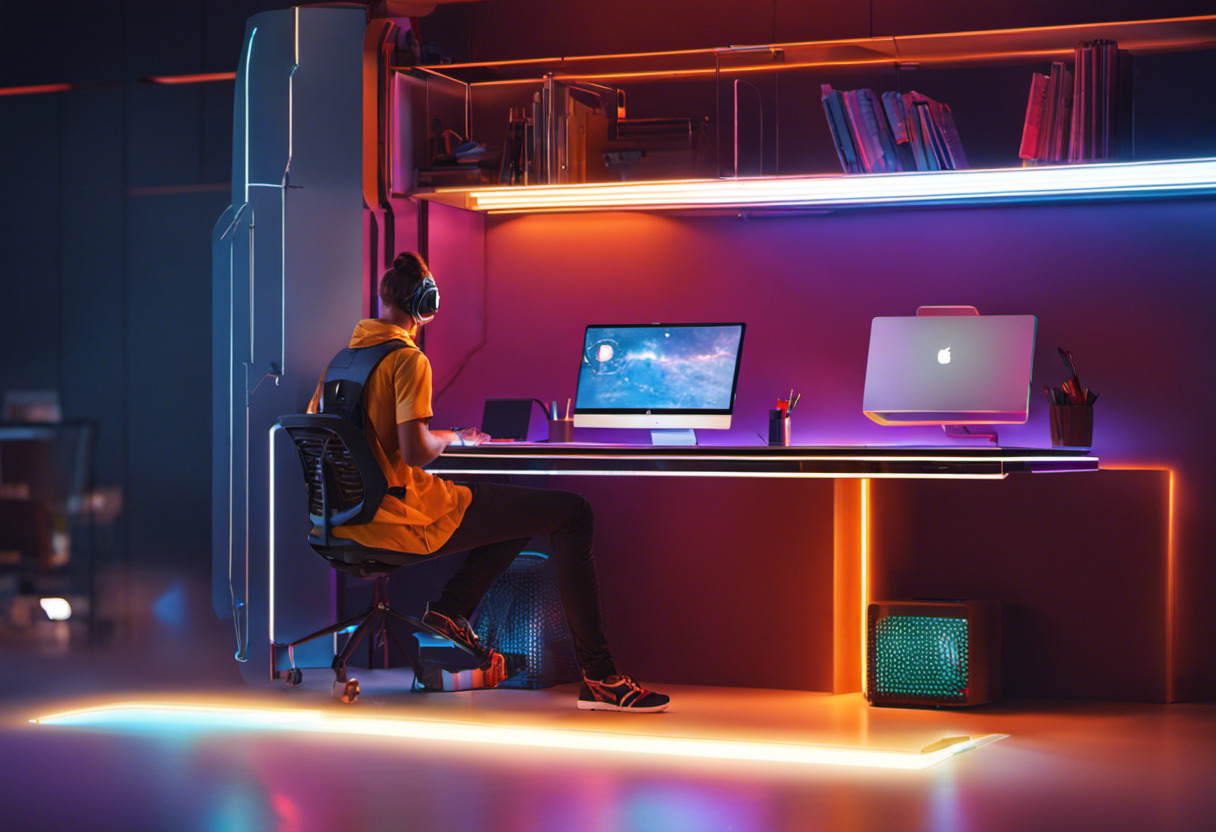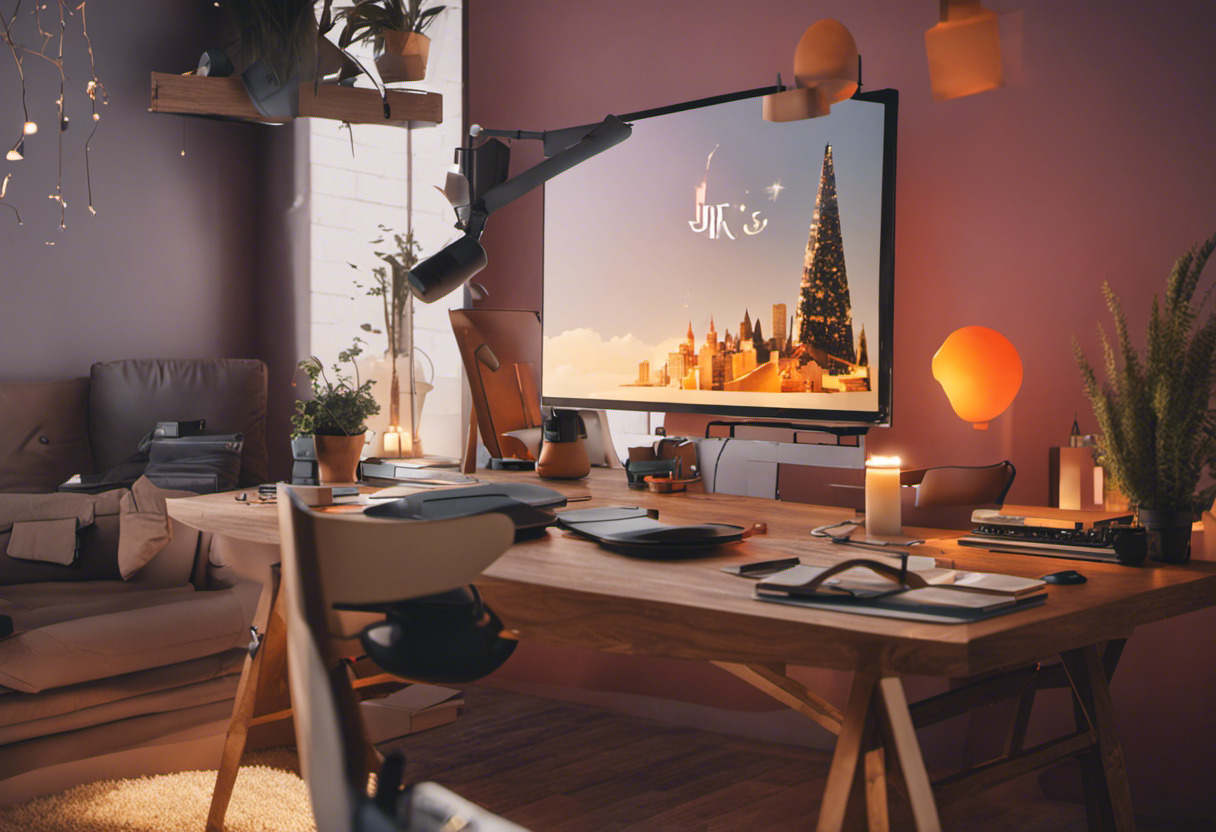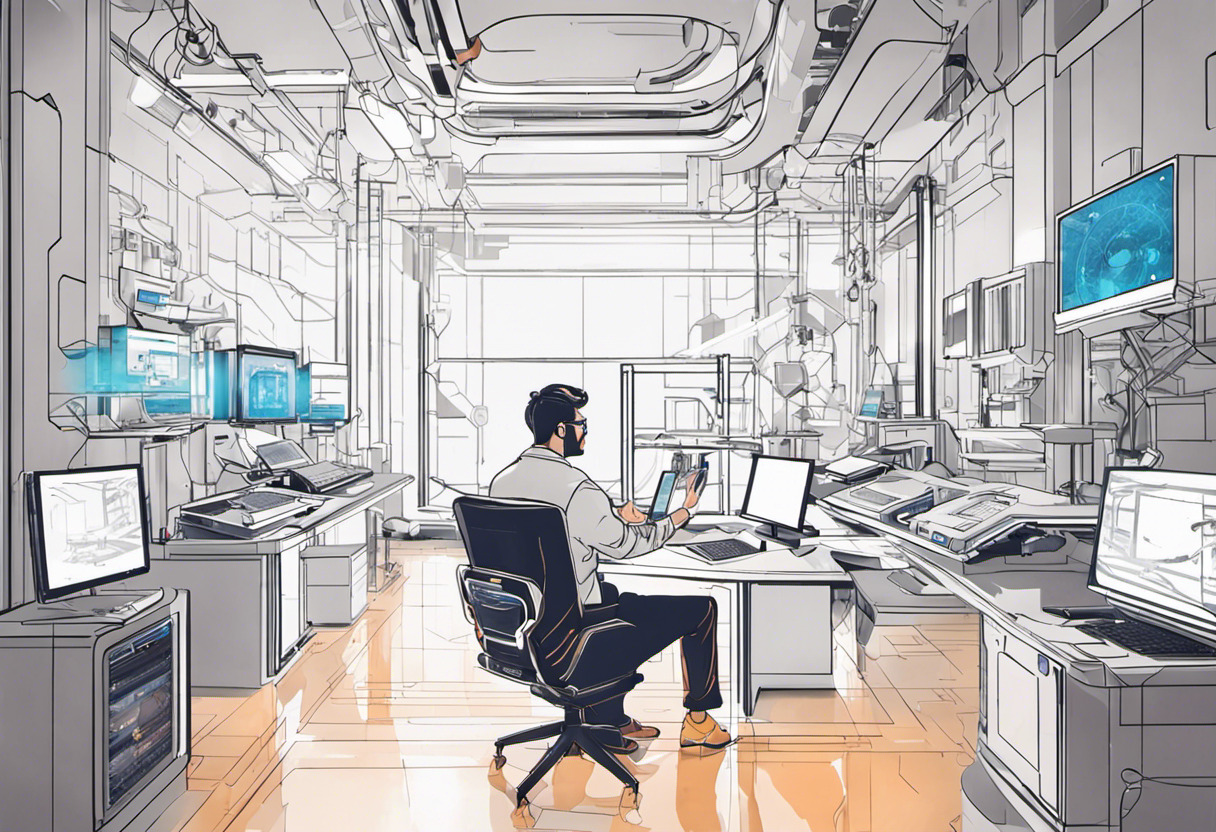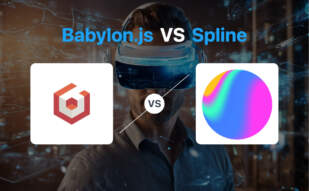For digital creators familiar with web technologies like JavaScript, WebGL, and HTML5, 8th Wall provides a feature-rich and robust AR development platform, albeit at a higher price. Novice developers and those focusing on marker-based AR, however, may find AR.js simpler to use and more budget-friendly.

Key Differences Between 8th Wall and AR.js
- 8th Wall’s SLAM engine provides highly accurate WebAR experiences, whereas AR.js relies predominantly on marker tracking.
- 8th Wall necessitates a strong understanding of JavaScript, WebGL, and HTML5, while AR.js implementation is more straightforward.
- AR.js operates on the foundation of the WebAR standard, while 8th Wall uses its proprietary technology for AR development.
- 8th Wall is pricier with a commercial license exceeding $2000 per month, while AR.js provides a much more economical option.
| Comparison | 8th Wall | AR.js |
|---|---|---|
| WebAR Development | Comprehensive tools for creating AR; uses JavaScript, WebGL, HTML5, Lightship VPS | Marker-based and marker-less AR; uses HTML+CSS and Vanilla JavaScript |
| Tools | AR Engine, Cloud Editor, SLAM system for WebAR development | AR.js Library for web app integration, geolocation, 3D model integration |
| New Features | Hand tracking and Face effects. Also Sky and World Tracking for immersive experiences | Marker types (pattern, barcode, NFT), lightning and shading, animation, customization of objects |
| Interactivity | Augments humans for interactive gaming, education, retail | Triggers virtual content upon marker identification for user interaction |
| Compatibility | WebAR compatible with iOS, Android, computers, AR/VR headsets | Compatible with ARKit, ARCore and works on iOS and Android devices |
| Experience Customization | Customization of WebAR experiences with new tools introduced | 3D models and markers can be customized |
| Cost | Higher cost for commercial license exceeding 2000 USD per month | Automatic Code generation, zip archive, live deployment via GitHub |
| Support | Requires understanding of web technologies for AR development | Offers a wide range of tutorials and documentation for understanding AR concepts |
What Is 8th Wall and Who’s It For?
8th Wall is a Palo Alto-based company acquired by Niantic Inc., aimed at democratizing augmented reality (AR) via a developer platform that leverages computer vision technology. Its award-winning WebAR technology provides AR experiences on any smartphone sans special application. The 8th Wall platform has empowered over 2,000 commercial experiences, demonstrating real business value.
8th Wall’s solution is tailored for developers, offering tools like the 8th Wall AR Engine and Cloud Editor, aiding in the development, distribution, and discovery of WebAR content. Industries such as retail, gaming, and education gain a competitive advantage through its rich AR interaction possibilities.

Pros of 8th Wall
- Accessed on any device without an app
- Real business value demonstrated via uplift in purchases
- Tools for developers for easy creation and distribution of WebAR content
- Wide range of features including 6-DoF Tracking, Lighting and Surface Estimation, etc.
- Hand tracking for greater interactivity in retail, gaming, and education sectors
Cons of 8th Wall
- High cost for commercial license, exceeding 2000 USD per month
- Technically demanding, requiring understanding of web technologies
What Is AR.js and Who’s It For?
AR.js is a tool for creating AR web applications, relying on marker images similar to QR codes to activate the display of a 3D model. It offers diverse 3D model customization options and requires inclusion of specific libraries for project implementation.
AR.js is designed for developers engaged in building AR web experiences. The JavaScript library supports both marker-based and marker-less AR applications, and is compatible with both ARKit and ARCore, thus extending its usability to iOS and Android devices.

Pros of AR.js
- Supports marker-based and marker-less AR applications
- Interactive features, animation and customization of 3D models
- Compatible with iOS and Android devices via ARKit and ARCore
- Easy to implement with example code for initial stage of projects
Cons of AR.js
- Requires inclusion of specific libraries for implementation
- Might need a local code testing or deployment step
8th Wall vs AR.js: Pricing
The 8th Wall commercial license can cost beyond USD 2000 per month, while AR.js provides cost-effective authoring solutions with no clear mention of pricing.
8th Wall
8th Wall is a high-end, developer-centric platform capable of building interactive WebAR experiences. To access its vast range of features, it demands a substantial investment. A commercial license from 8th Wall may exceed a monthly expense of USD 2000, factoring in tools, support, and high-end AR features in the package. There’s a tool named AR Code, likely integrated with 8th Wall, that presents cost-effective pricing and a commercial license as a bundled-package with its plans, offering an affordable alternative within the ecosystem.
AR.js
AR.js, an agile lightweight JavaScript library, is centered on web app integration to create various AR experiences. It enables development of feature-packed AR web applications with capabilities like marker-based AR, image tracking, location-based AR, and more. However, the information provided does not explicitly mention the cost associated with using or licensing AR.js. As a part of community-driven project with vast applicability, AR.js potentially presents itself as a viable cost-effective solution for AR creation.
8th Wall or AR.js: The Quintessential Showdown
In the world of augmented reality, where virtual meets tangible, a choice between 8th Wall and AR.js determines your future projects’ success.
For the Big Brands
8th Wall is your guardian. Its superior AR tools, 6-DoF Tracking and WebAR experiences utilized by billions of devices surpass their counterpart. With a documented increase in consumer engagement and purchases, it’s worth every penny.

Indie Developers
AR.js equivocally stands as an oasis for budding developers. Its flexibility with marker-based AR, image tracking, and its compatibility with ARKit and ARCore caters to your spectrum of imagination, without breaking the bank.

Upcoming WebAR Visionaries
If you’re looking forward to a future painted with sophisticated WebAR, 8th Wall is your paint and brush. With latest feature upgrades like hand and iris tracking and Sky Effects, your virtual canvas knows no bounds.

For AR Enablement of Mobile Apps
Want to impart AR essence to your existing mobile apps? AR.js, with its light JavaScript library making integration hassle-free, marks as your final verdict.

Peruse your AR purpose. If you’re focused on delivering an impressive, high-budget brand engagement, ride on 8th Wall. If you’re an up-and-coming developer lured by ease of use and affordability, steer towards AR.js.
Hannah Stewart
Content writer @ Aircada, tech enthusiast, metaverse explorer, and coffee addict. Weaving stories in digital realms.





